The government of California has passed a law mandating local employers to pay their workers a minimum wage of $20 per hour.
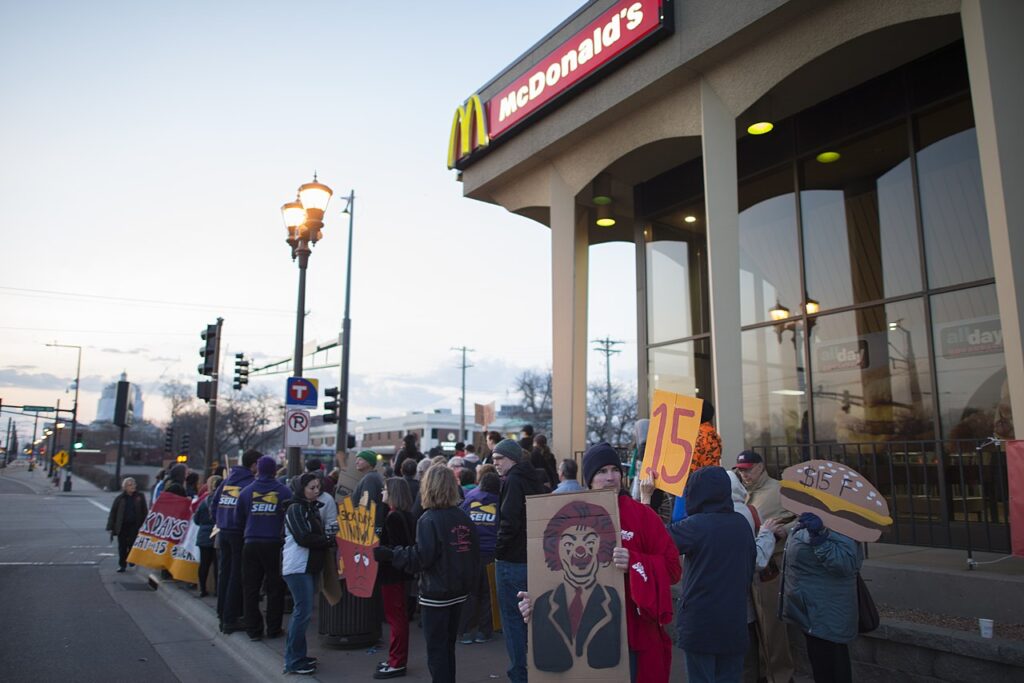
This law will affect the internal economy of fast food chains like Starbucks, Subway, KFC, Pizza Hut, McDonald’s, etcetera. Even some local Californian franchises lament the significant jump in their overhead costs.
It’s Been a Hell of a Ride for Fast-food Workers
Californian workers affiliated with fast-food restaurants are most likely to enjoy the recent pay raise. Before the new legislation became law, some fast-food workers earned meager rates that could hardly sustain their livelihood.
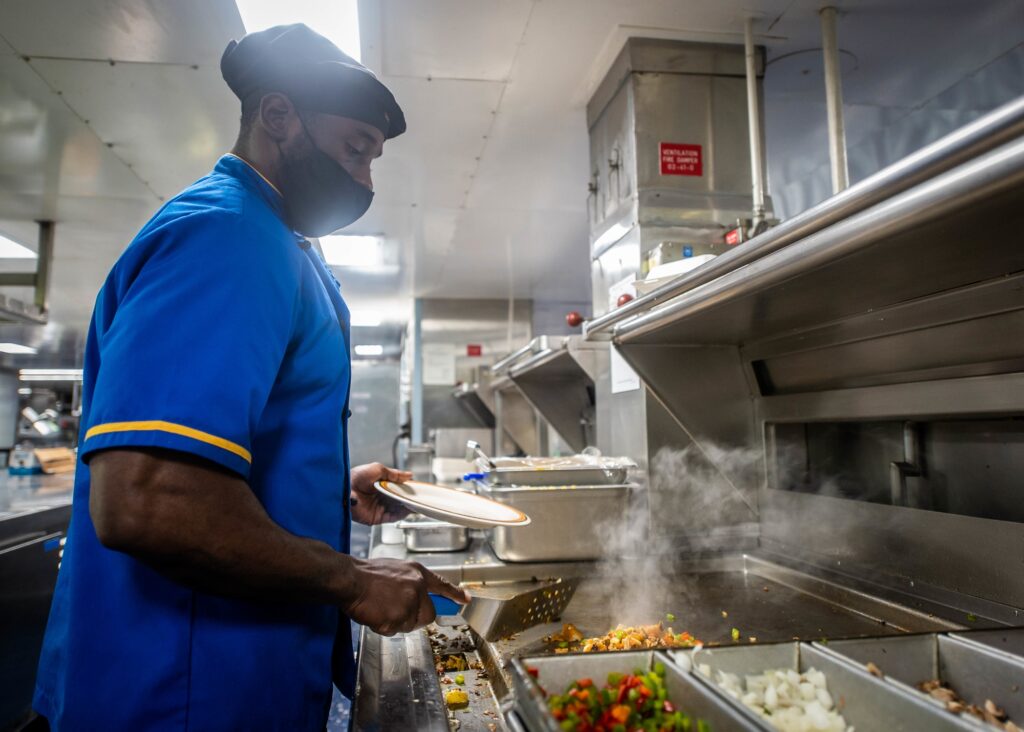
The low pay benchmark, before the increment, gendered poor job security and deplorable health and safety for fast-food workers.
The Wage of Fast-food Workers Seems to Be Jinxed
Various demographics of fast-food workers across the US make it clear that they receive the lowest pay despite the steady wage growth in other sectors.
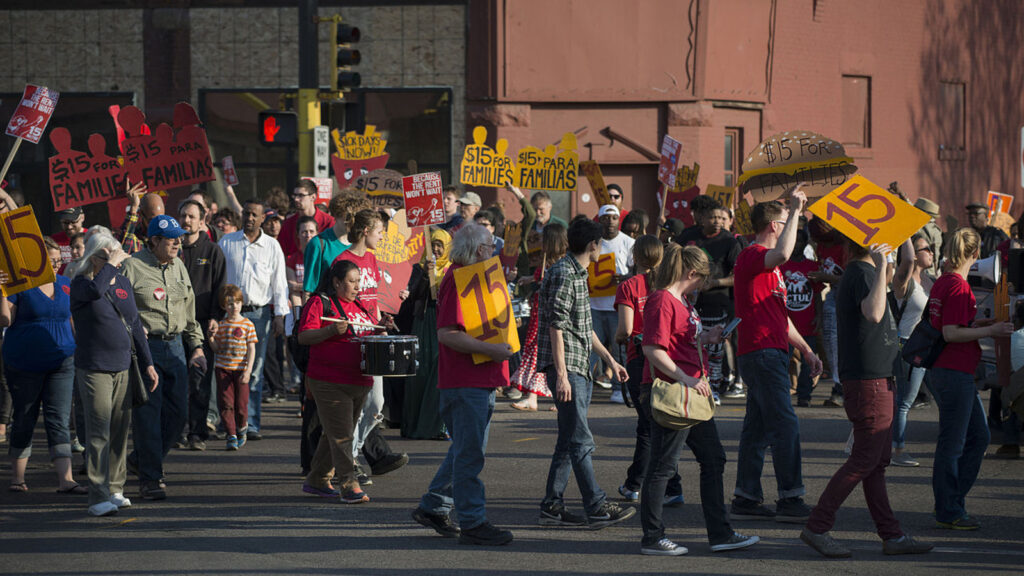
Interestingly, many of these fast-food workers are minority groups. For example, stats show that they are usually people of color, women, and immigrants, with most of them living beneath the poverty line.
Testimony of the Pay Increment
During an interview with MSNBC, Ingrid Vilorio, a migrant working as a cook at a Hayward Jack in the Box outlet, explained that the increase in California’s minimum wage has been reflected in her income.
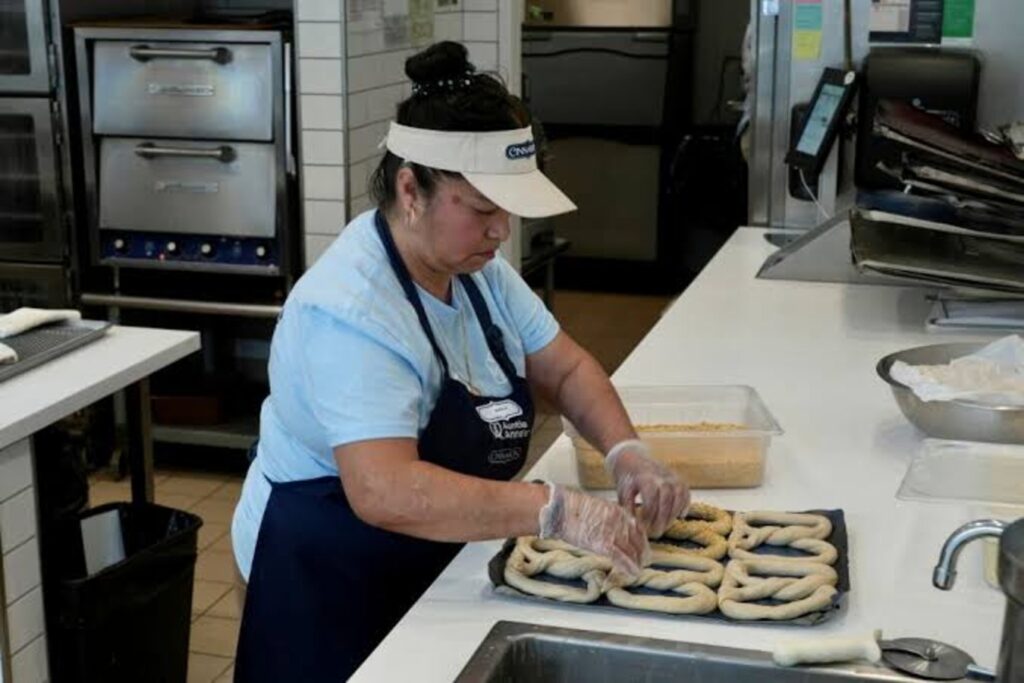
However, she quickly added that the difference only helps her buy groceries for her school-aged son. It is hardly enough to change Vilorio’s livelihood.
Cost of Living Wipes Out the Wage Increment
To make matters worse, California is one of the most expensive states in the United States to live in. According to another fast-food personnel, Jaylene Loubett, who works with McDonald’s, fast-food workers like her live paycheck to paycheck.
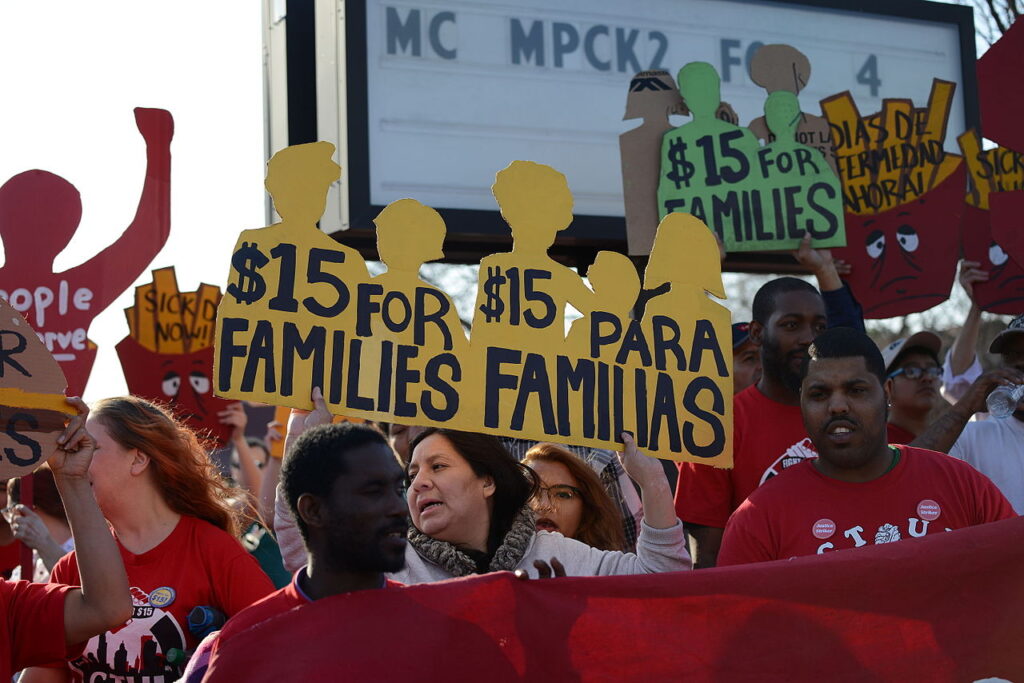
Loubett further explained that California’s rent, food, grocery, and utility costs are far higher than national averages.
Financial Security Remains Evasive
So, with the ravaging inflation and other economic realities, it is unsurprising that 25-year-old Loubett shared the following opinion.

“Even though it’s a big help, people need to realize that $20 compared to the cost of living in Los Angeles, it’s still not enough to feel [financially] secure,” said Loubette. This disparity between cost of living and remuneration is hardly deterred by work experience.
Not Everyone Thinks the Increment is Plausible
Interestingly, some sections of mainstream media think the new California law upping the minimum wage is outrageous and unnecessary.

For example, a USA Today columnist posted on X suggesting that the increase in the minimum wage is perpetuating automation among labor employers. The post infers that minimum wage increases are prompting fast-food chains to adopt self-service facilities.
The Pro-low-wage Argument Dies On Arrival
However, MSNBC’s Helaine Olen opines nothing could be farther from the truth. The reporter affirmed that fast-food restaurants have been using self-service outlets long before California’s minimum wage was increased.
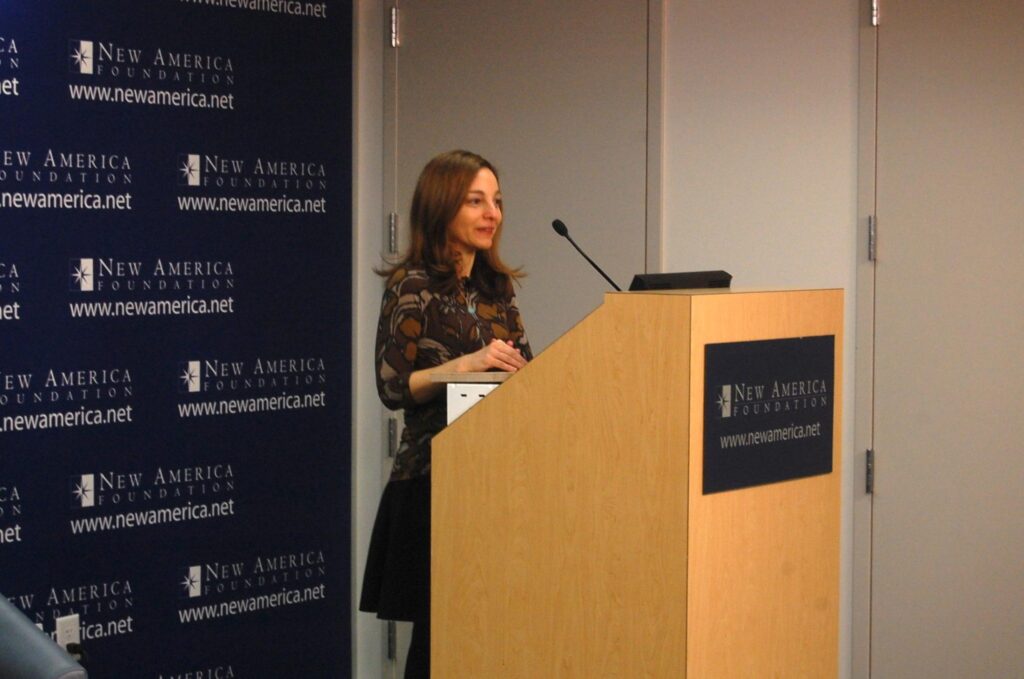
So, Olen suggests that wage increases and job cuts are not mutually exclusive and that companies would still downsize if they have to, even if the minimum wage is at an all-time low.
Is an Hourly Rate of $20 Too High?
On the contrary, the increase in minimum wage does not have as much effect as is being noised by pundits who feel the hourly rate is too high.

Workers, especially in California, are hardly better off than before the legislative review of the minimum wage in the state. Random interviews with some fast-food workers reveal that California’s cost of living dampens the significance of wage increases.
Maximal Productivity and Minimal Pay
The capitalist system that drives the US economy tends to venerate maximal return on investment but is usually quick to criticize workers for requesting commensurate pay. This trend seems even more prominent in the fast-food industry.

Only some decades ago, teenage high schoolers mostly manned service jobs in American restaurants. However, the young workers have been knocked off the slope by adults.
Americans Are Trying to Heck Out a Living by All Means
In the recent struggle of citizens to make a living, a large fragment of fast-food workers are above 25, primarily people of color. This demography was made public by researchers at UCLA Labor Center.

As mentioned earlier, Loubette is a good example of a worker in this category. She has worked for McDonald’s for the past six years and is 25 years old.
Many Restaurant Workers Struggle to Survive
Now, consider Loubette’s six years of experience and juxtapose it with the fact that she still shares a one-bedroom apartment with her folks.

Loubette’s parents each have a medical condition, so neither of them is active. Invariably, Loubette is her family’s breadwinner and has to support the trio with her meager wage.
Fast-food Industry Exclusive
Despite California passing the minimum wage increment into law, the $20 minimum only applies to the fast-food industry. Other sectors still maintain the $16 minimum.
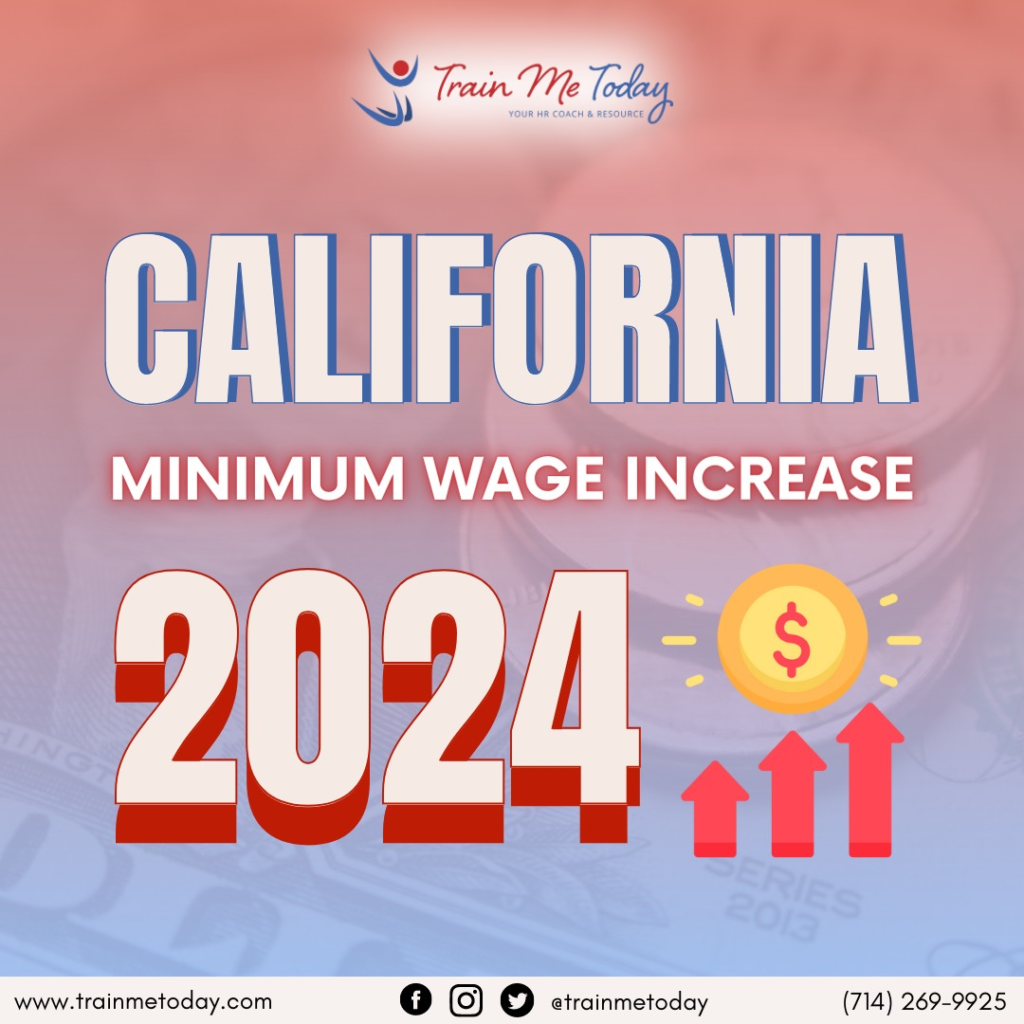
The minimum wage for non-food companies in some cities and counties of California may be higher than $16, but they will face stiff competition from fast-food employers.
Groaning Under a Not-so-heavy Burden
California’s fast-food chain owners are starting to share their views on the government’s decision to increase the minimum wage.

Most of these franchises are crying foul and are insisting the increment may have manifold effects on their internal economy. For example, they opine that the increment may force them to close some outlets in the chain.
Strategies for Mitigating Increases in Labor Cost
Likewise, the high labour cost may trigger a domino effect that would increase meal prices, encourage the adoption of more self-service outlets, or reduce the number of hours each employee is allowed to work.

The management of the many fast-food franchises is already weighing these options to reduce the impact of the pay raise on business profitability.
Franchise Managers Hold Minimum Wage With Butter Fingers
For example, holders of the Pizza Hut franchise laid off scores of their delivery drivers as soon as they learned of the impending wage hike.
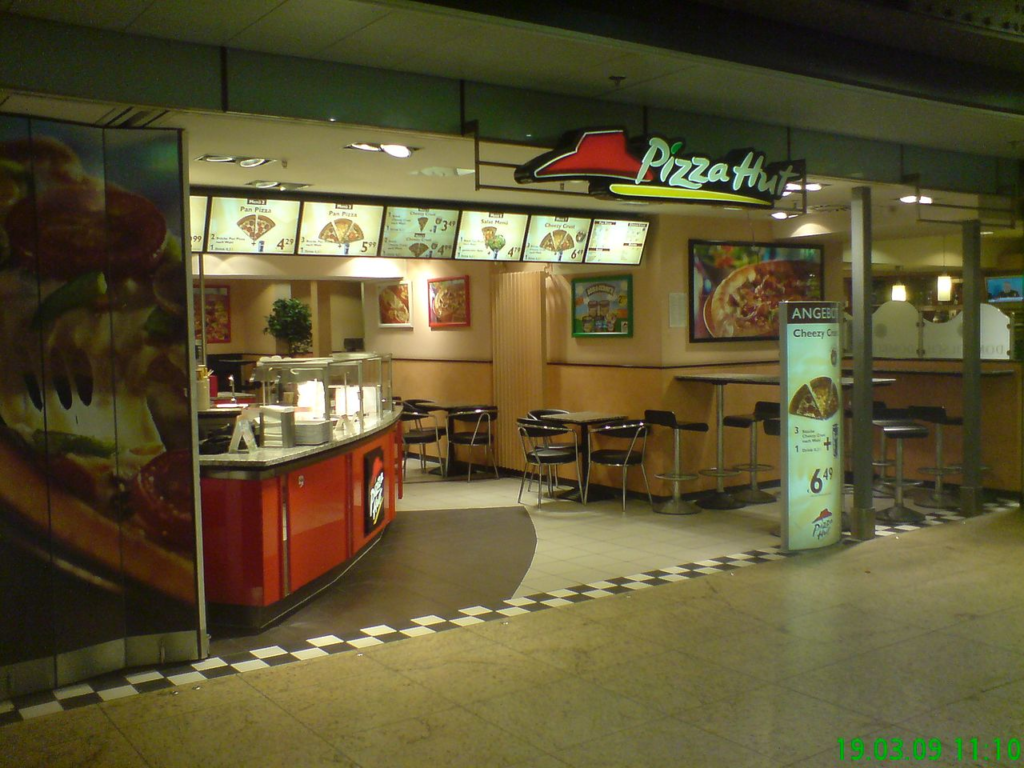
So, these franchises opted for ride-hailing services like DoorDash and Uber Eats. Invariably, these fast-food franchises subtly push the expense of food delivery to their customers while nursing the bruise of expensive labor bills.
Cost of Eating Out Reaches All-time High
If you have a knack for eating out, this would be a good time to put that habit in reins. Why, you ask? National inflation is making meals more expensive, particularly those from restaurants.

As if that were not enough, Chipotle, McDonald’s, Starbucks, and Jack in the Box have publicly announced that they will increase meal prices to compensate for their higher labor bills.
Items On Fast-food Menus Take a Hit
The owner of two Vitality Bowls franchise locations, Brian Hom, affirms that he has no choice but to increase the price of servings at his outlets.
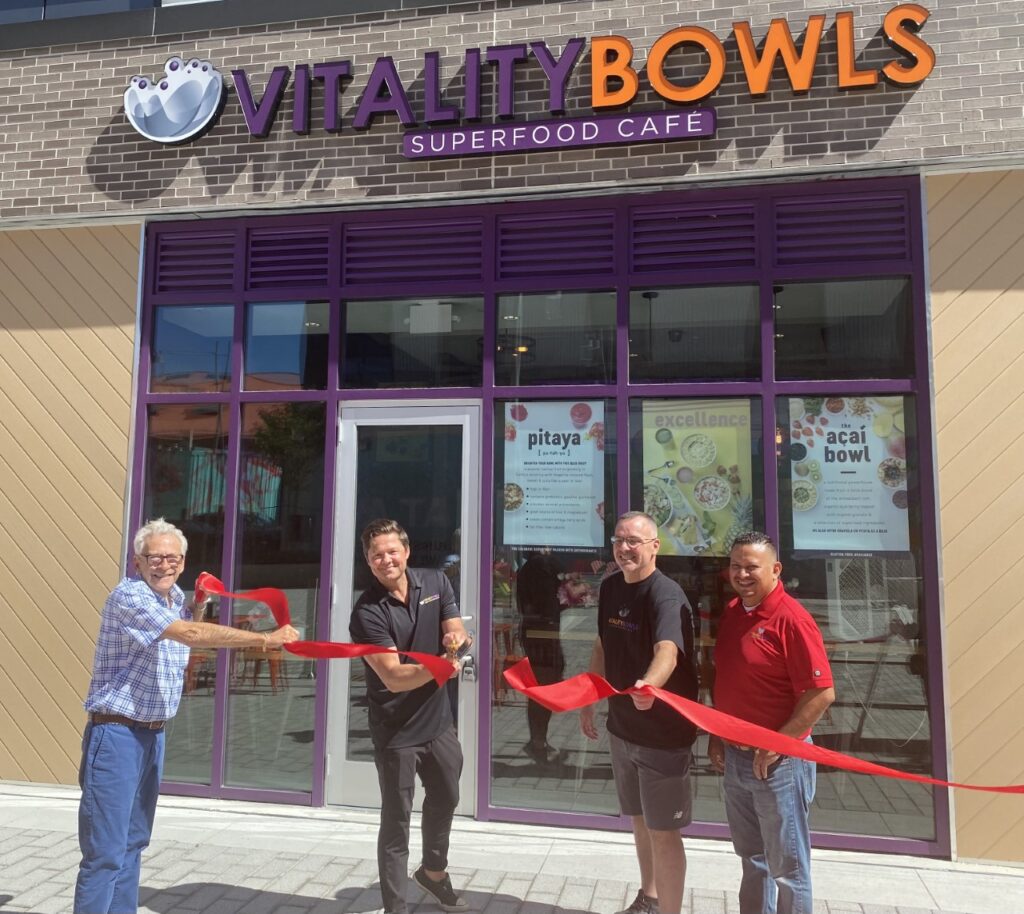
For example, Hom said items like salads and smoothies will add on extra prices of between 5 and 10 percent. He has chosen this strategy to make up for the hole the wage increase would leave in his books.
Franchises Try to Break Even By All Means
Hom explained that he is glad to pay the over 30 workers in his two outlets. Before the April 1 increment in the minimum wage, he worked with an hourly rate of $17.55.

“But the impacts to the business are the concern … Will I be able to sustain the business?” asked Hom.
Some Restaurants Are Reducing Staff Working Hours
Some other restaurants in California are choosing not to burden their customers with smaller food portions or increased meal prices.
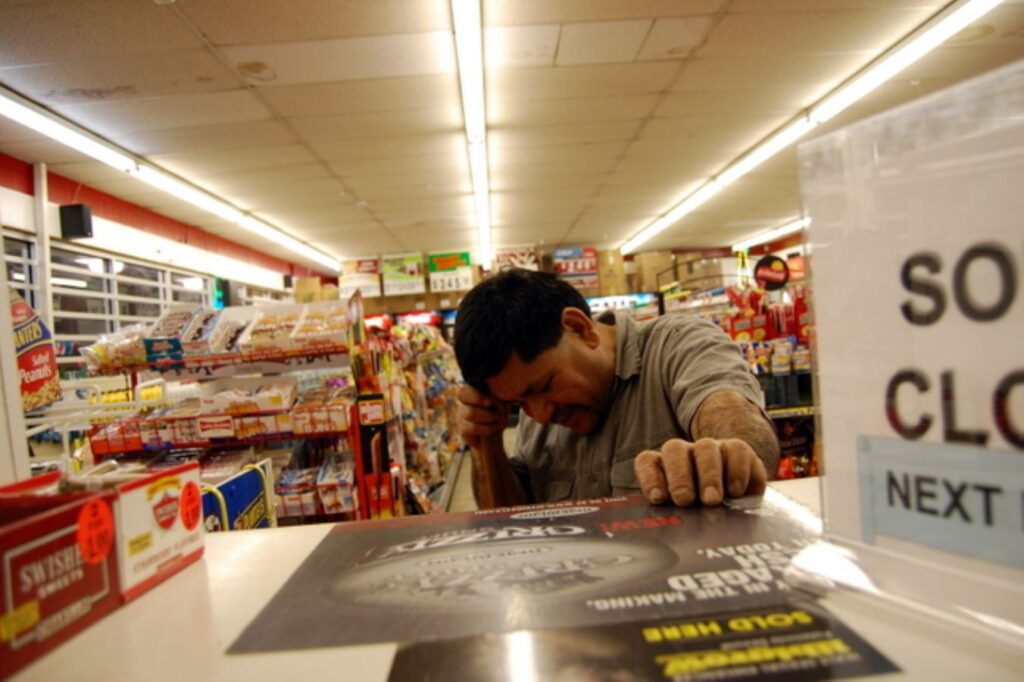
So, what restaurants in this category did was to reduce the number of working hours for each personnel. History reveals that something similar played out in Seattle about a decade ago. Workers were enjoying higher rates because of shorter working hours.
Benefits of an Active Union
California’s minimum wage increment was thanks to an industrial standoff between fast-food companies and labor leaders.

The law predominantly affected fast-food workers because Service Employees International Union leaders brokered the deal that birthed it. Perhaps the increment would be all-encompassing if other organized labor unions had joined in on the negotiation.
There Are Exemptions to the New Law
Nonetheless, the minimum wage increment does not apply to all food service entities in California.
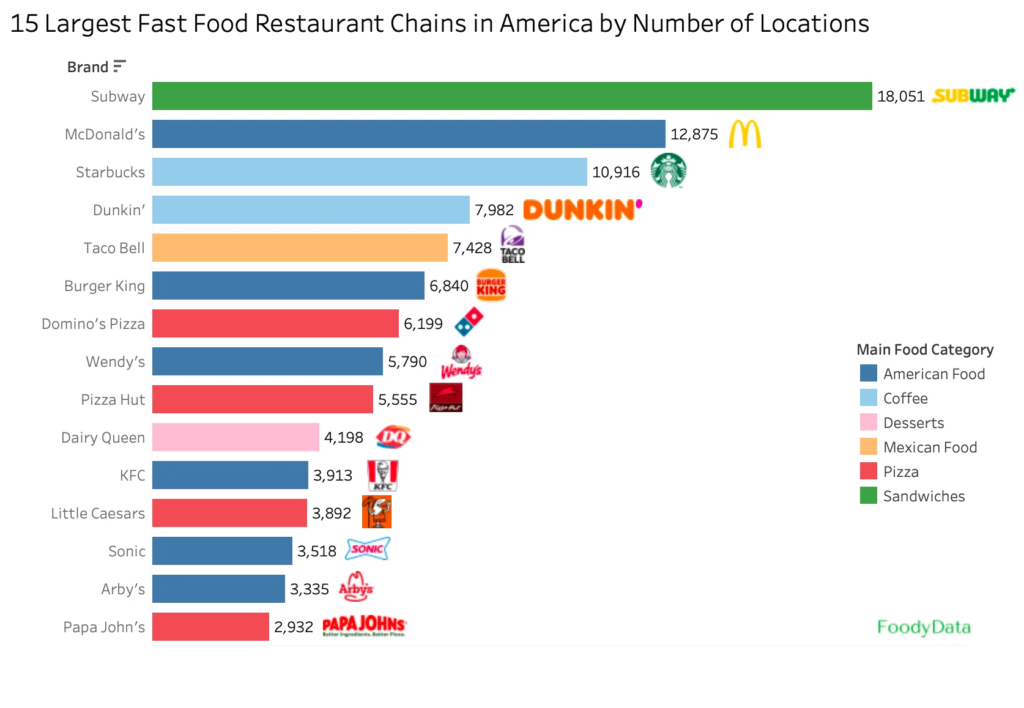
For the new law to be binding on a fast-food chain, the restaurant must have a minimum of 60 outlets across the US. However, self-service stalls in airports, mini outlets in grocery stores, and standalone bakeries belonging to a franchise will not be counted.
Regulatory Body Specific to Labour Laws in the Fast-food Industry
Likewise, the law also instituted the formation of the Fast Food Council. This group is saddled with the responsibility of deciding the rules of engagement between employers and employees in the fast-food industry.

The membership of this council includes owners and managers of fast-food franchises, as well as representatives of restaurant workers.
California Sets the Pace in Many Fields
California is usually the pacesetter for best practices in particular industries. The state legislature has, over time, set a progressive benchmark.
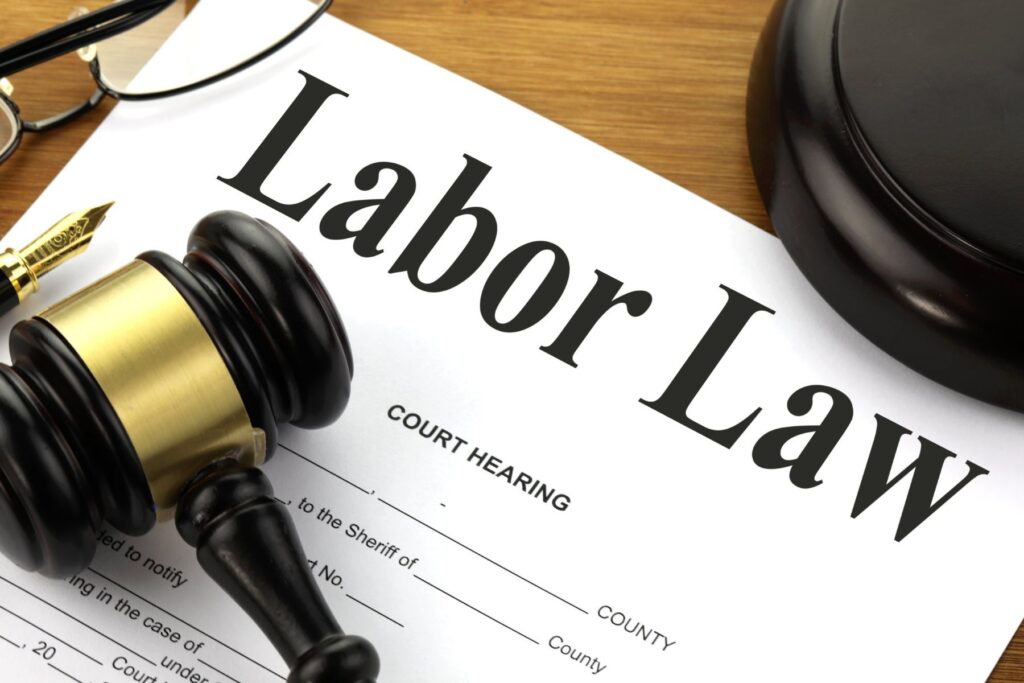
So, industry spectators hope that other industries and maybe States will follow California’s lead by increasing the minimum wage across the board. The impact may not be outrightly significant, but any increment is better than nothing.
Taking the Battle to Local Frontlines
Labor is not overly concerned with the redundant federal minimum wage, which lingers at $7.25 for several years.
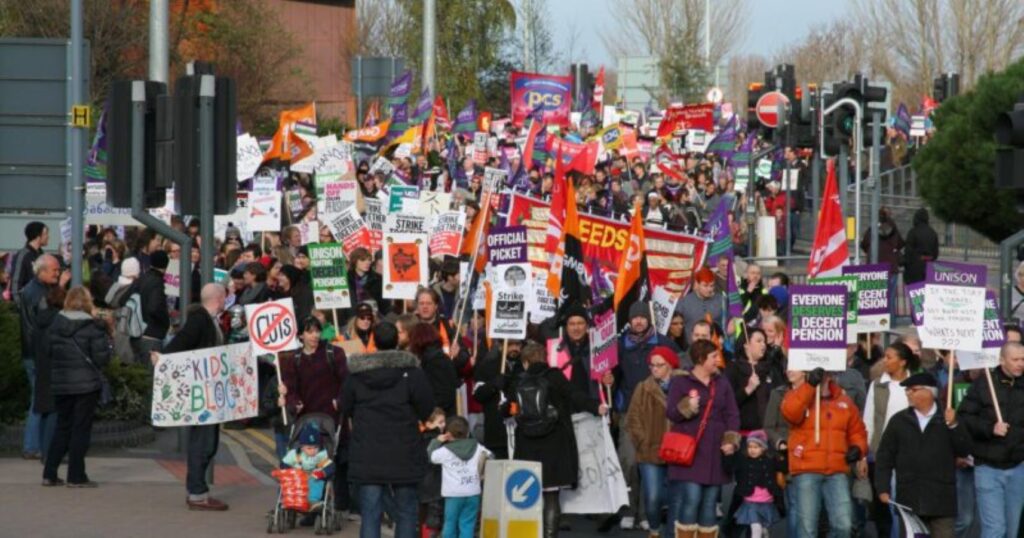
However, the same is untrue for labor unions at the local level. Union leaders often take their agitations for upward wage review to the doors of regulatory bodies in cities, counties, and states. They are winning the battle, one turf at a time.

